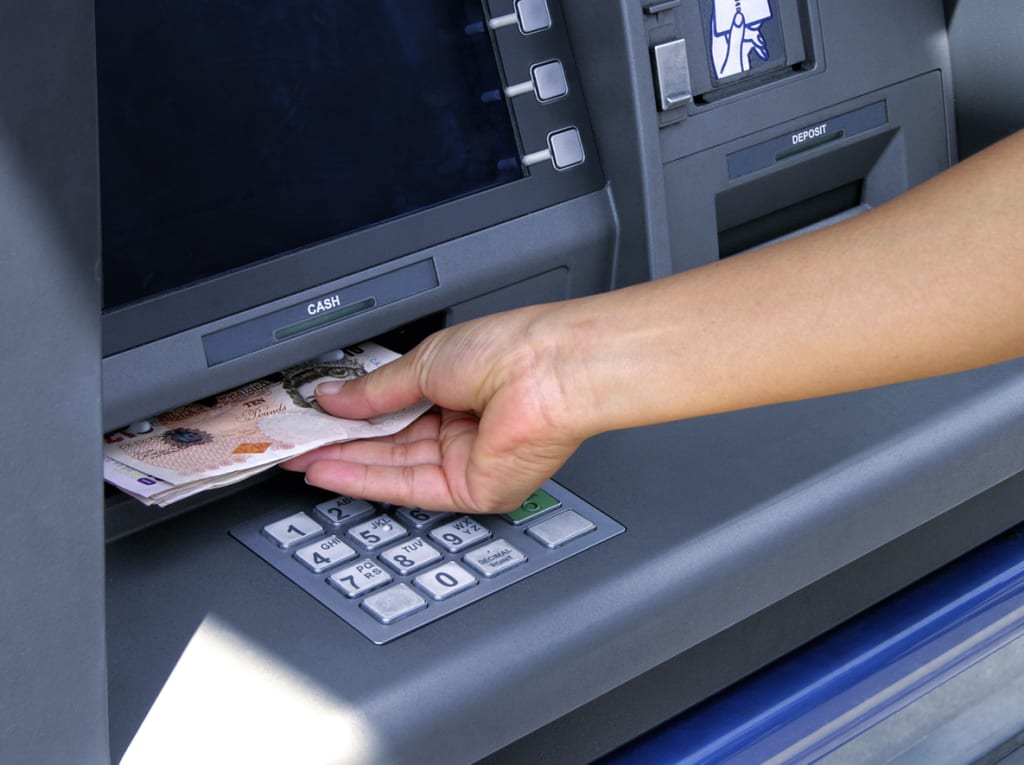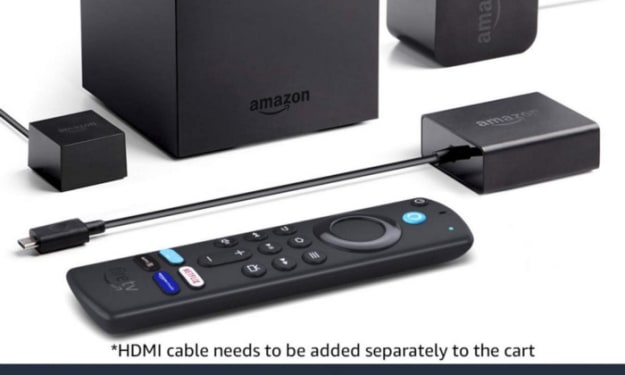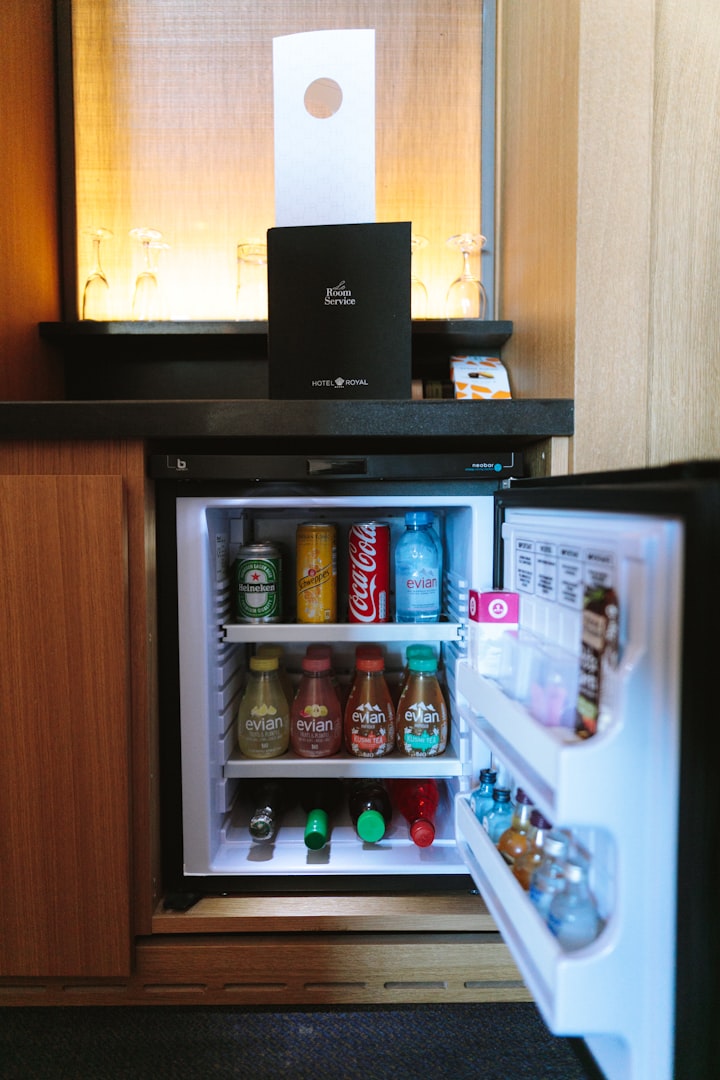How Do They Work? Automatic Teller Machines (ATMs)
An ATM is simply a data terminal with two input and four output devices. Like any other data terminal, the ATM has to connect to, and communicate through, a host processor.

The cash-dispensing mechanism has an electric eye that counts each bill as it exits the dispenser.
The bill count and all of the information pertaining to a particular transaction is recorded in a journal. The journal information is printed out periodically and a hard copy is maintained by the machine owner for two years.
Whenever a cardholder has a dispute about a transaction, he or she can ask for a journal printout showing the transaction, and then contact the host processor.
If no one is available to provide the journal printout, the cardholder needs to notify the bank or institution that issued the card and fill out a form that will be faxed to the host processor. It is the host processor’s responsibility to resolve the dispute.
Besides the electric eye that counts each bill, the cash-dispensing mechanism also has a sensor that evaluates the thickness of each bill. If two bills are stuck together, then instead of being dispensed to the cardholder they are diverted to a reject bin. The same thing happens with a bill that is excessively worn, torn, or folded.
The number of reject bills is also recorded so that the machine owner can be aware of the quality of bills that are being loaded into the machine. A high reject rate would indicate a problem with the bills or with the dispenser mechanism.
3) SettleMent Funds:
When a cardholder wants to do an ATM transaction, he or she provides the necessary information by means of the card reader and keypad.
The ATM forwards this information to the host processor, which routes the transaction request to the cardholder’s bank or the institution that issued the card. If the cardholder is requesting cash, the host processor causes an electronic funds transfer to take place from the customer’s bank account to the host processor’s account.
Once the funds are transferred to the host processor’s bank account, the processor sends an approval code to the ATM authorising the machine to dispense the cash. The processor then ACHs the cardholder’s funds into the merchant’s bank account, usually the next bank business day. In this way, the merchant is reimbursed for all funds dispensed by the ATM.
So when you request cash, the money moves electronically from your account to the host’s account to the merchant’s account.
4) ATM Security:

It’s important to use a well-lit, public ATM machine at night.
ATMs keep your personal identification number (PIN) and other information safe by using encryption software such as Triple DES (Data Encryption Standard). But there are lots of things that you can do to protect your information and your money at an ATM.
Many banks recommend that you select your own PIN. Visa offers the following PIN tips:
1) Don’t write down your PIN. If you must write it down, do not store it in your wallet or purse.
2) Make your PIN a series of letters or numbers that you can easily remember, but that cannot easily be associated with you personally.
3) Avoid using birth dates, initials, house numbers or your phone number.
Visa also recommends the following tips for safe ATM usage:
1) Store your ATM card in your purse or wallet, in an area where it won’t get scratched or bent.
2) Get your card out BEFORE you approach the ATM. You’ll be more vulnerable to attack if you’re standing in front of the ATM, fumbling through your wallet for your card.
3) Stand directly in front of the ATM keypad when typing in your PIN. This prevents anyone waiting to use the machine from seeing your personal information.
4) After your transaction, take your receipt, card and money away. Do not stand in front of the machine and count your money.
5) If you are using a drive-up ATM, get your vehicle as close to the machine as possible to prevent anyone from coming up to your window. Also make sure that your doors are locked before you drive up to the machine.
6) Do not leave your car running while using a walk-up ATM. Take your keys with you and lock the doors before your transaction.
7) If someone or something makes you uncomfortable, cancel your transaction and leave the machine immediately. Follow up with your bank to make sure the transaction was cancelled and alert the bank to any suspicious people.
Many retail merchants close their store at night. It is strongly recommended that they pull the money out of the machine when they close, just like they do with their cash registers, and leave the door to the security compartment wide open like they do with an empty cash-register drawer. This makes it obvious to any would-be thief that this is not payday.
For safety reasons, ATM users should seek out a machine that is located in a well-lighted public place. Federal law requires that only the last four digits of the cardholder’s account number be printed on the transaction receipt so that when a receipt is left at the machine location, the account number is secure.
However, the entry of your four-digit personal identification number (PIN) on the keypad should still be obscured from observation, which can be done by positioning your hand and body in such a way that the PIN entry cannot be recorded by store cameras or store employees. The cardholder’s PIN is not recorded in the journal, but the account number is. If you protect your PIN, you protect your account.






Comments
There are no comments for this story
Be the first to respond and start the conversation.